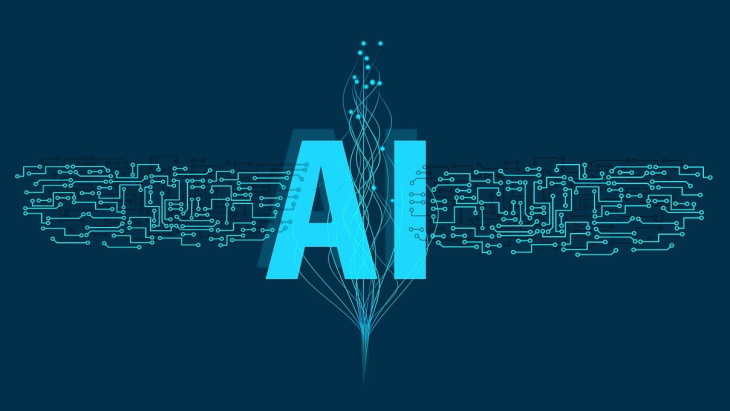“AI is beginning to make inroads into the nuclear industry at a significant cost,” officials stated in their concluding remarks. They highlighted the industry’s interest in engaging with regulators to gain insights into regulatory perspectives. The Office for Nuclear Regulation (ONR) has also recognized AI as a crucial trend in ocean monitoring activities. However, there is currently a lack of established best practices that can serve as a benchmark for regulating AI.
The potential applications of AI in the nuclear sector range from predicting reactor behavior to enhancing design, efficiency, safety, and operations. While this technology presents both significant opportunities and challenges for the industry, the available best practices to guide regulators are limited.
In response to this gap, ONR organized an expert panel on AI regulations, pinpointing two specific areas within the nuclear sector that warrant further exploration in terms of regulatory frameworks. These areas include utilizing AI to ensure precise plant maintenance and real-time monitoring of robots in confined spaces to enhance operational safety.
The concept of regulatory sandboxing enables industries to collaborate with authorities in testing innovative proposals before full deployment. Through interactive workshops, stakeholders delved into critical aspects related to deploying AI in the aforementioned scenarios and developed mock health, safety, and environmental case studies. These insights were then distilled into four main discussion topics for each AI application and thoroughly examined during regulatory sandboxing sessions.
The successful implementation of the sandbox pilot—the first of its kind in radioactive regulation globally—demonstrated that the benefits of AI can be clearly articulated, risks can be understood, and effective risk management strategies can be devised. Ensuring the reliability of AI systems emerged as a crucial consideration.
Key recommendations outlined in the report emphasized the phased deployment of AI systems to build confidence and expertise, the evaluation of a principles-based regulatory approach tailored to different AI applications, the necessity of reevaluating training data when transitioning AI systems to new operations, conducting hazard analyses for each deployment scenario, understanding human-system interaction complexities, and fostering a safety-oriented culture through training and guidance from AI experts.
The ONR indicated that insights from the platform discussions are being integrated into ongoing AI initiatives within the UK’s nuclear sector and shared with the broader regulatory community. The collaborative effort has laid the groundwork for an international regulatory platform, currently under exploration by ONR and the Environment Agency in partnership with the OECD Nuclear Energy Agency. Additionally, a joint “principles report” on AI regulations is being developed by ONR in conjunction with the US Nuclear Regulatory Commission and the Canadian Nuclear Safety Commission.
Tom Eagleton, ONR’s Head of Innovation, remarked that the platform pilot has provided a unique opportunity to foster innovative solutions while upholding safety standards and regulatory independence. He emphasized the importance of cross-regulatory collaboration in advancing technological solutions in a safe and secure manner.






